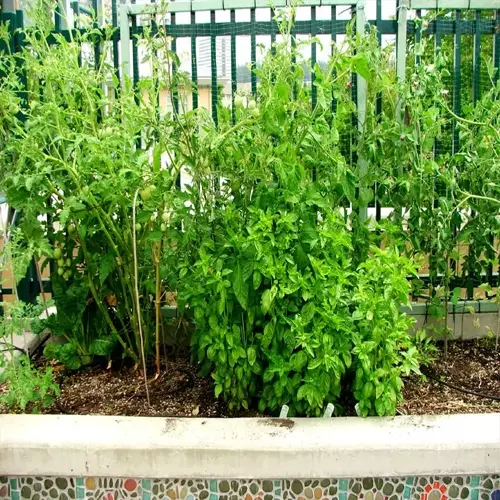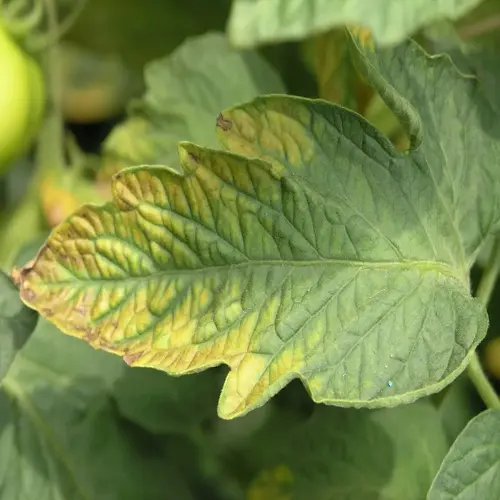What irrigation method saves the most water?

Written by
Paul Reynolds
Reviewed by
Prof. Samuel Fitzgerald, Ph.D.Drip irrigation is the most efficient garden irrigation in terms of water usage. It applies water directly to the roots of the plants through tubing and emitters. Last season, I converted my whole garden to drip irrigation. Water usage has decreased by half, and the plants are thriving as a result. This accuracy also reduces loss of water through evaporation and runoff!
Setting up the system requires a few common materials often found in garden centers. You will need pressure regulators, to protect the system from damage. Filter systems are recommended to prevent emitters from clogging. Lay the tubing along the rows of plants with the emitters placed in the root zones. My small vegetable garden, with a grid pattern layout, was set up in just four hours.
Manage systems with seasonal inspections, line flush before first use each spring. Replace clogged emitters right away. I inspect connections monthly during peak season and Winterize systems by draining water before frost. Proper care can extend a person's life by more than 5 years.
Essential Parts
- Pressure regulators maintain safe water pressure levels
- Inline filters prevent sediment from clogging emitters
- Polyethylene tubing distributes water along plant rows
- Emitters control precise water flow to each plant
Optional Add-ons
- Timers automate watering schedules for consistency
- Soil moisture sensors activate watering only when needed
- Pressure-compensating emitters for sloped gardens
- Goof plugs repair accidental holes in tubing
Maximize your conservation efforts by integrating with rainwater harvesting. Run direct drip systems from rain barrels. I utilize a pump system when gravity pressure isn't enough. This allows irrigation to be free during dry times. Always filter the rainwater before it enters the drip line.
Costs range based on garden size, though it pays for itself quickly. My 500 sq ft setup was $125 and paid for itself in one season. Larger gardens require professional installations (around $500). Smart controllers, which cost around $100, utilize sensors to further minimize watering. Water savings account for all expenses.
Different plants have specific emitter flow requirements. For veggies, you would require 1-gallon/hour emitters and 2-gallon emitters for trees. I like to put plants with similar water needs on their own valves to control the timing of irrigation events. This hybrid zoning defeats your overwatering strategy with the drought-tolerant plants. You could use soil moisture to "fine-tune" settings.
Read the full article: 10 Essential Water Conservation Gardening Tips

